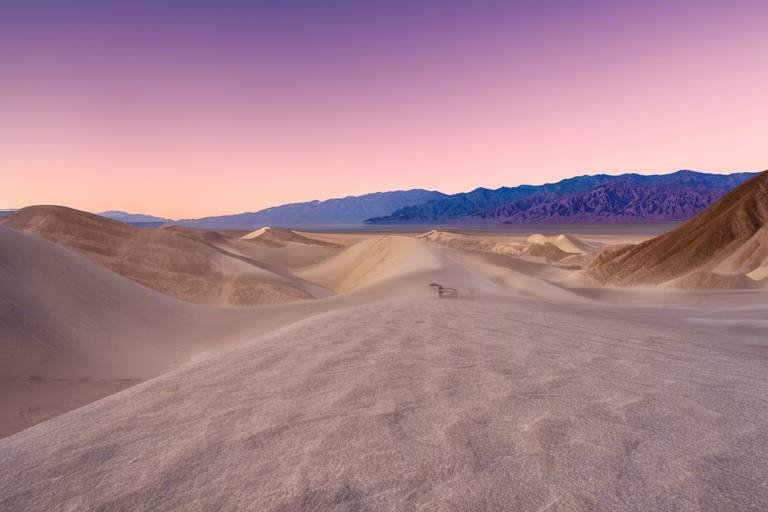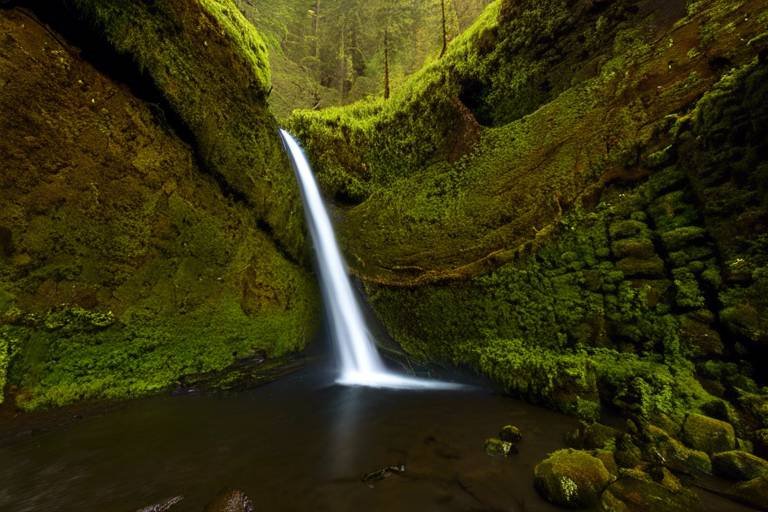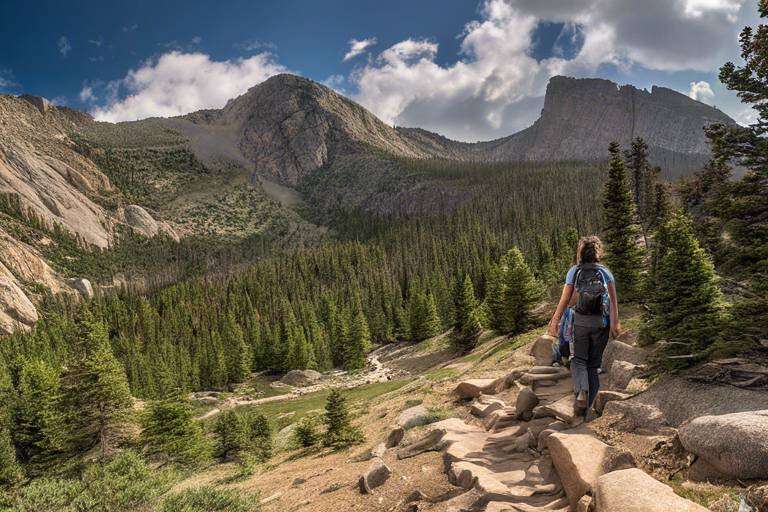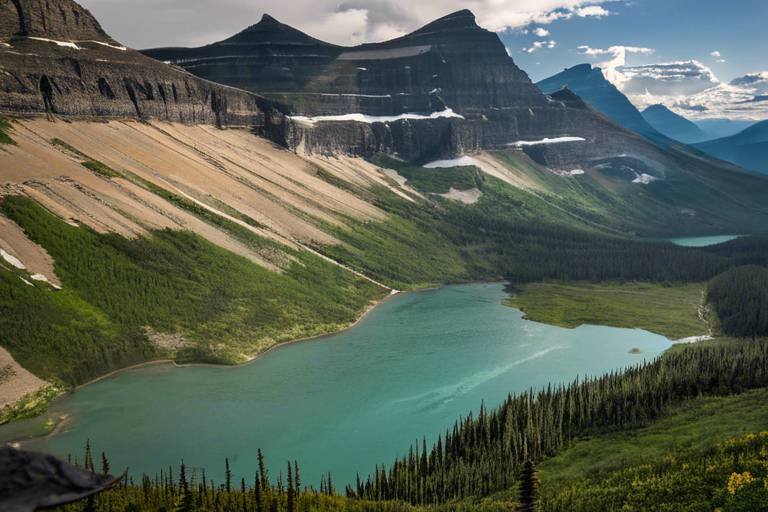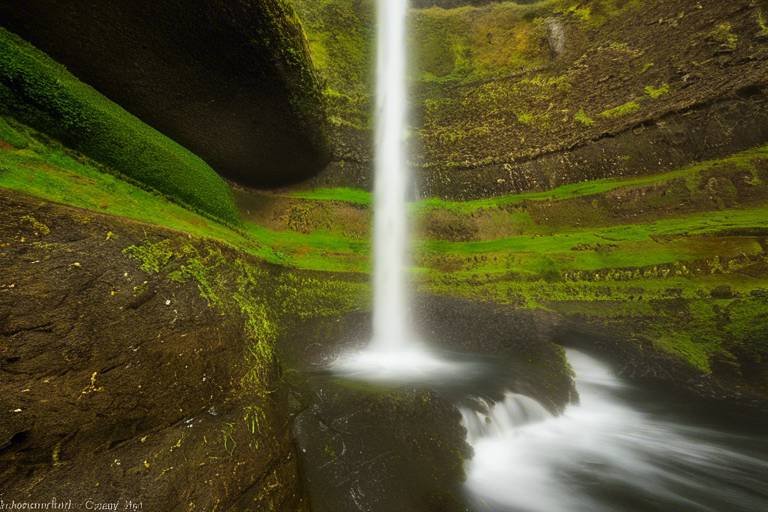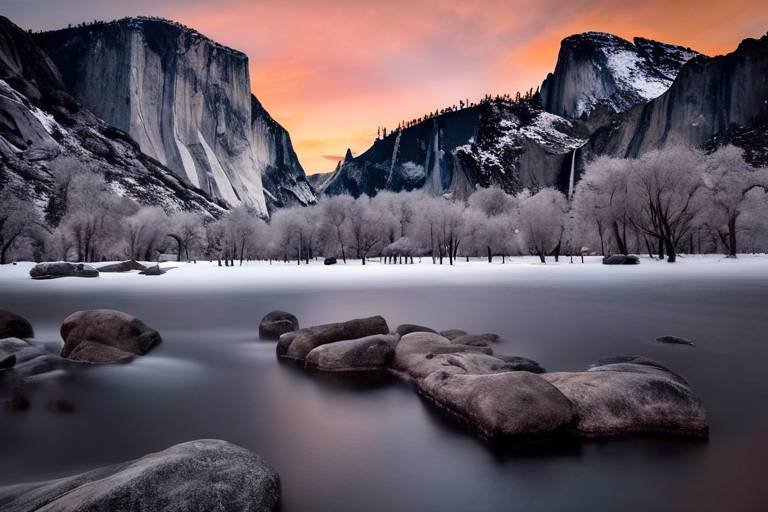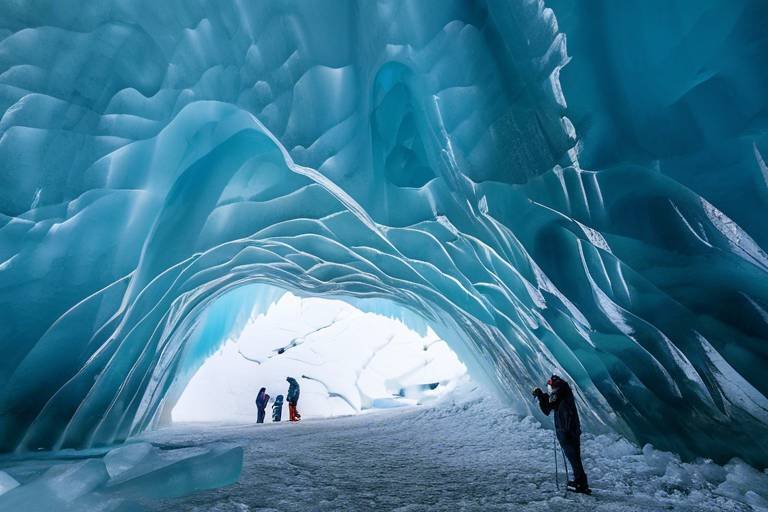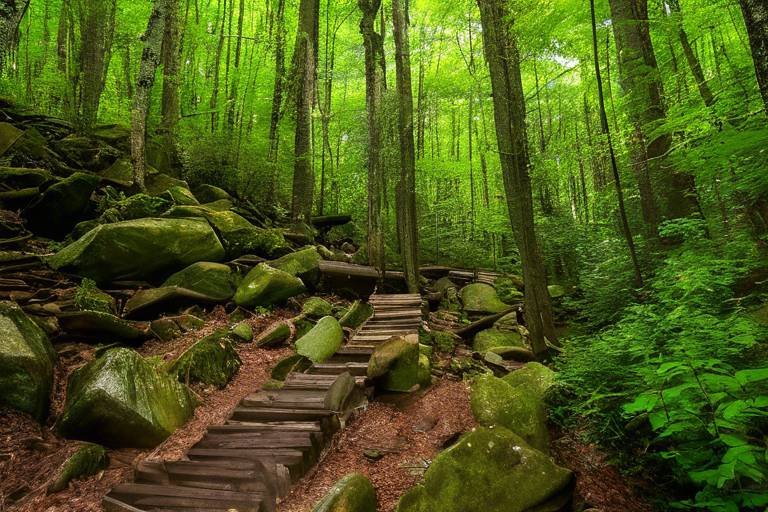Exploring the Unique Desert Landscapes of Death Valley
Embark on a journey to uncover the mesmerizing desert landscapes of Death Valley, a place where nature's artistry meets geological wonders. From the towering sand dunes to the colorful badlands, this national park is a treasure trove of unique features waiting to be explored.
One of the highlights of Death Valley is the Mesquite Flat Sand Dunes, a sight to behold with their vast expanse of golden sands sculpted by the winds. These dunes not only offer a picturesque backdrop for photographers but also showcase the resilience of desert plants and animals thriving in this harsh environment.
As you venture further, you'll encounter the surreal beauty of the Badwater Basin, the lowest point in North America. Here, the salt flats create intricate patterns on the valley floor, painting a scene straight out of a dream. The salt formations stand as a testament to the unique forces shaping this otherworldly landscape.
Prepare to be dazzled by the vivid colors of the Artist's Palette, where mineral deposits have painted the rocks in a stunning array of reds, pinks, greens, and purples. This geological marvel is a true feast for the eyes, showcasing the artistry of nature in every layer.
At Zabriskie Point, you'll be treated to sweeping views of eroded badlands and canyons that gleam in golden hues under the sun. The geological history etched in every rock tells a story of millions of years, shaping a landscape that is both dramatic and awe-inspiring.
For a taste of the extreme, head to the Devil's Golf Course, a rugged terrain of razor-sharp salt formations that defy the imagination. The chaotic landscape here is a reminder of the harsh conditions that have sculpted this unique feature, offering a glimpse into nature's raw power.
Unravel the mystery of the Racetrack Playa, where rocks seemingly glide across the dry lake bed, leaving mysterious trails behind them. This natural phenomenon has puzzled scientists and visitors alike, adding an element of intrigue to the already fascinating landscapes of Death Valley.
Step back in time at Scotty's Castle, a historic gem that reflects the opulent lifestyle of the early 20th century. The architectural marvel stands as a testament to the colorful characters and stories that have shaped the history of Death Valley, offering a glimpse into a bygone era.
Explore the remnants of the Harmony Borax Works, a crucial player in the mining history of Death Valley. The extraction of borax, known as "white gold," played a significant role in the region's development, leaving behind a legacy that speaks of innovation and perseverance.
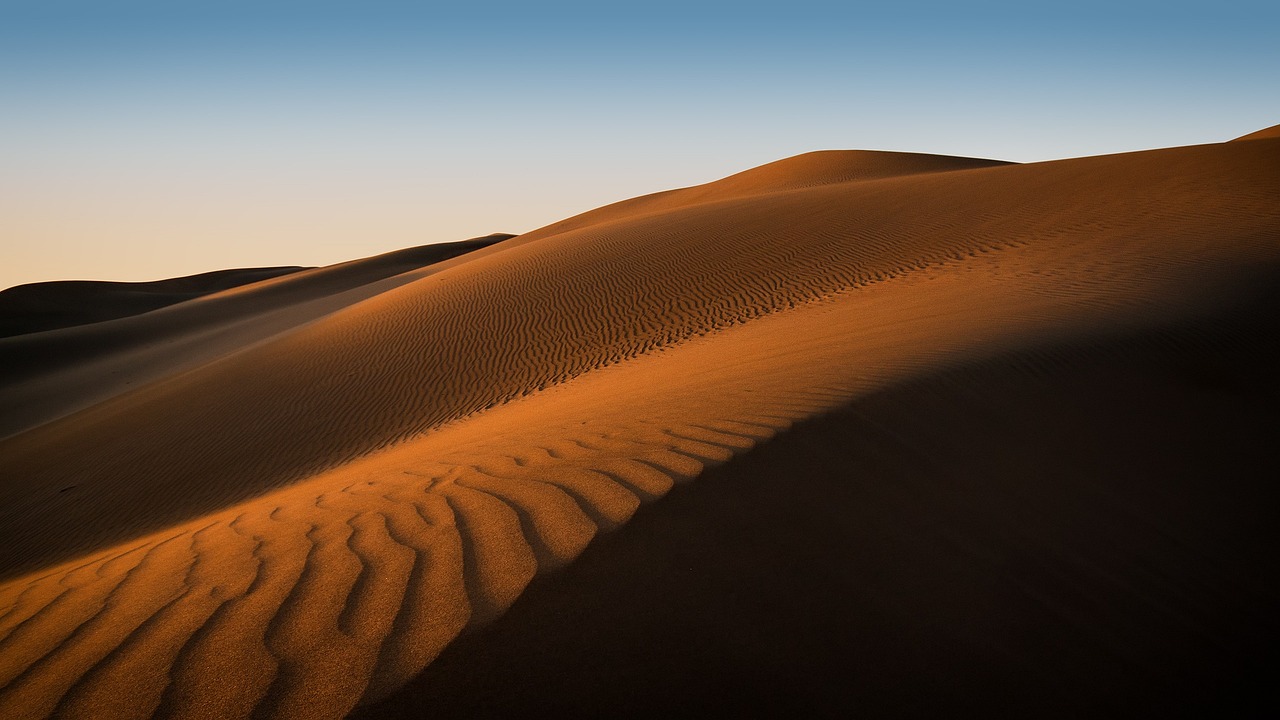
The Mesquite Flat Sand Dunes
Discover the beauty and diversity of Death Valley's desert landscapes, from towering sand dunes to colorful badlands, and learn about the unique geological features that make this national park a must-visit destination.
Located in Death Valley, the Mesquite Flat Sand Dunes are a sight to behold. These iconic dunes stretch for miles, creating a mesmerizing landscape that changes with the shifting sands. As the sun rises or sets, the dunes come alive with a golden hue, offering photographers the perfect canvas to capture the beauty of the desert.
One of the most fascinating aspects of the Mesquite Flat Sand Dunes is the adaptation of desert flora and fauna to survive in this harsh environment. From the resilient creosote bushes to the elusive kit foxes, each organism has found its unique way to thrive in the arid conditions of the dunes.
Walking through the soft sands of Mesquite Flat, you can witness the intricate patterns left by the wind, creating a natural masterpiece that is both tranquil and awe-inspiring. The silence of the dunes, interrupted only by the occasional whisper of the breeze, transports you to a world where time seems to stand still.

The Badwater Basin
Located in Death Valley National Park, the Badwater Basin is a mesmerizing sight that captivates visitors with its unique landscape. As the lowest point in North America, this vast salt flat stretches out before you, creating a surreal and otherworldly experience. The salt flats of Badwater Basin are not just any ordinary flats; they are adorned with intricate salt formations that form mesmerizing patterns on the valley floor. These formations, shaped by the evaporation of ancient lakes, add a touch of magic to the already breathtaking scenery.
Walking on the salt flats of Badwater Basin feels like stepping into another world, where the ground beneath your feet shimmers and sparkles in the sunlight. The vast expanse of white salt against the backdrop of the surrounding mountains creates a stark contrast that is both beautiful and awe-inspiring. Visitors can't help but be drawn to the unique textures and patterns that adorn the valley floor, making it a photographer's paradise.
One of the most fascinating aspects of the Badwater Basin is the way it constantly changes and evolves. The salt formations shift and transform with the changing seasons and weather conditions, creating a dynamic and ever-changing landscape. This constant state of flux adds to the allure of the basin, inviting visitors to witness its beauty in different lights and moods.
Standing at Badwater Basin, surrounded by the vast expanse of salt flats and the towering mountains in the distance, one can't help but feel a sense of wonder and humility. The sheer scale and beauty of this natural wonder remind us of the incredible forces of nature at play, shaping and reshaping the world around us in ways both subtle and grand.

The Artist's Palette
Uncover the vibrant hues of the Artist's Palette, a colorful geological formation created by various mineral deposits. This unique area in Death Valley showcases a stunning contrast of red, pink, green, and purple rock layers, resembling an artist's palette of colors spread across the desert canvas. The intricate patterns and shades of the rocks create a geological wonder that captivates visitors and photographers alike.
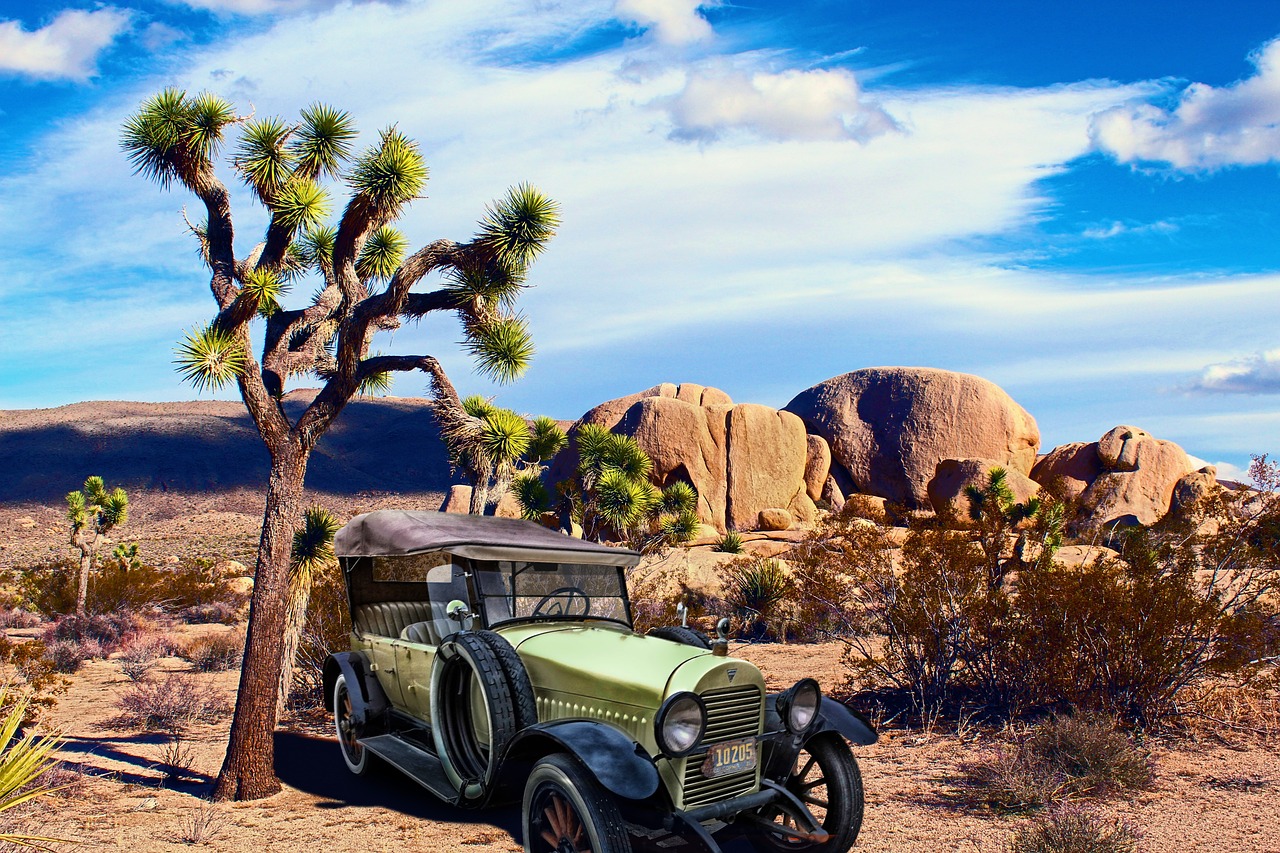
Zabriskie Point
Uncover the vibrant hues of the Artist's Palette, a colorful geological formation created by various mineral deposits, and marvel at the striking contrast of red, pink, green, and purple rock layers that make this area a geological wonder.
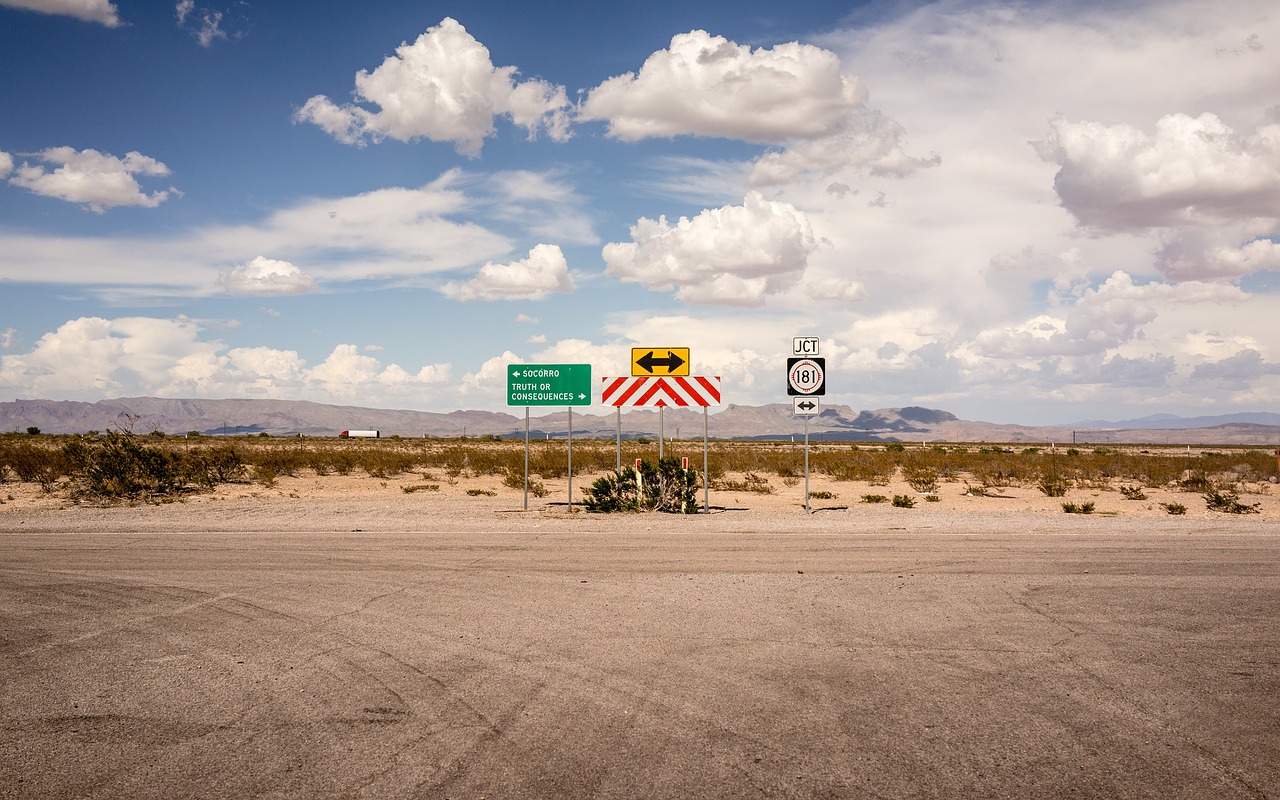
The Devil's Golf Course
When you venture into Death Valley, one of the most intriguing and unique landscapes you'll encounter is The Devil's Golf Course. This vast salt pan is unlike any other, with its razor-sharp salt formations that stretch as far as the eye can see. Walking through this area feels like stepping into a chaotic and alien world, where the ground is covered in jagged salt crystals that have been sculpted by the harsh elements over time.
The extreme conditions that prevail in The Devil's Golf Course have played a significant role in shaping this otherworldly feature. The high evaporation rates in Death Valley have led to the concentration of minerals, resulting in the formation of these sharp salt pinnacles. It's a place where the forces of nature are on full display, showcasing the relentless power of erosion and deposition that have crafted this surreal landscape.
As you navigate through The Devil's Golf Course, you can't help but marvel at the sheer resilience of life in such a hostile environment. The sparse vegetation that manages to eke out an existence here serves as a testament to the adaptability of desert flora. It's a reminder that even in the most inhospitable places, life finds a way to survive and thrive, clinging tenaciously to the unforgiving terrain.
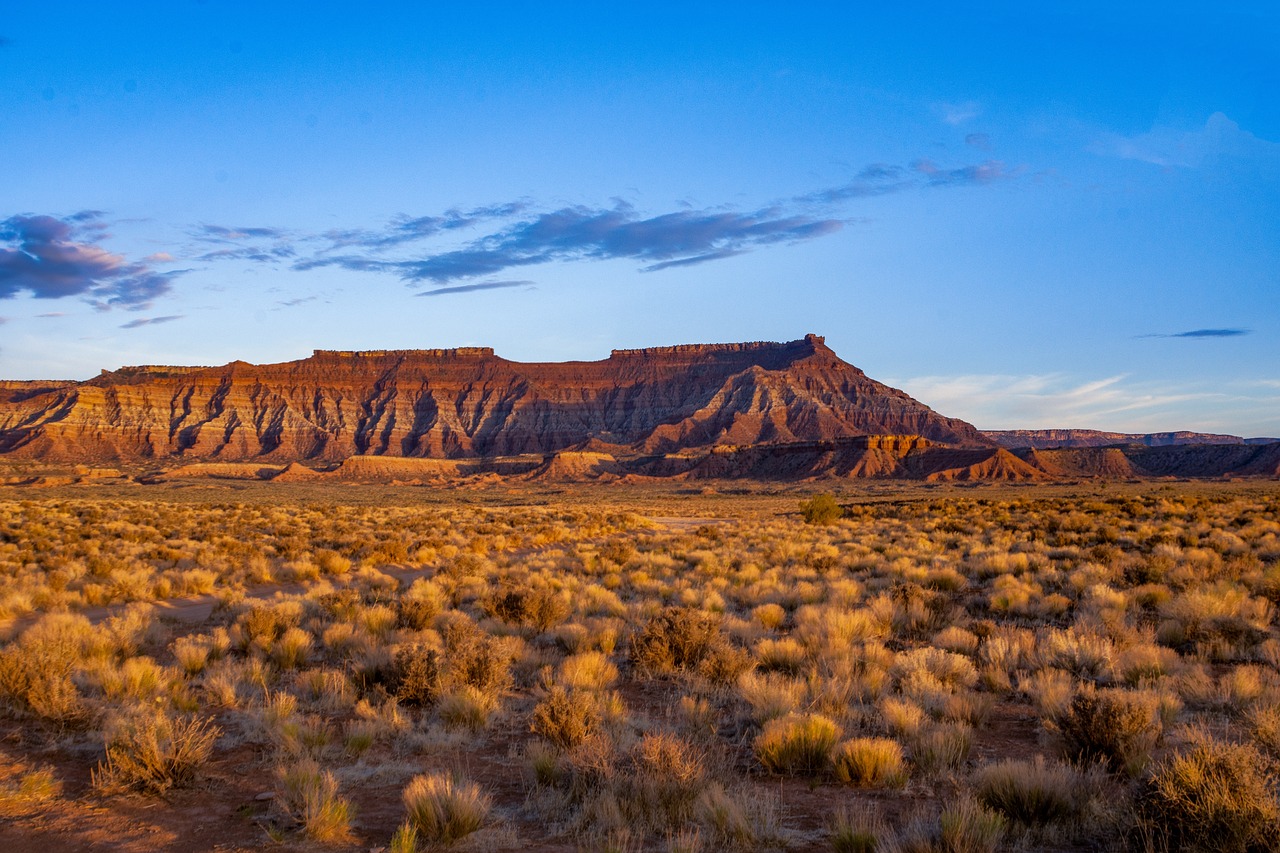
The Racetrack Playa
Delve into the mystery of the moving rocks at Racetrack Playa, where stones seemingly glide across the dry lake bed, leaving trails behind them. Scientists have long been puzzled by this phenomenon, as the rocks move without any human or animal intervention. Various theories have been proposed to explain this natural marvel, including a combination of wind, ice, and water that creates a slippery surface allowing the rocks to slide effortlessly.
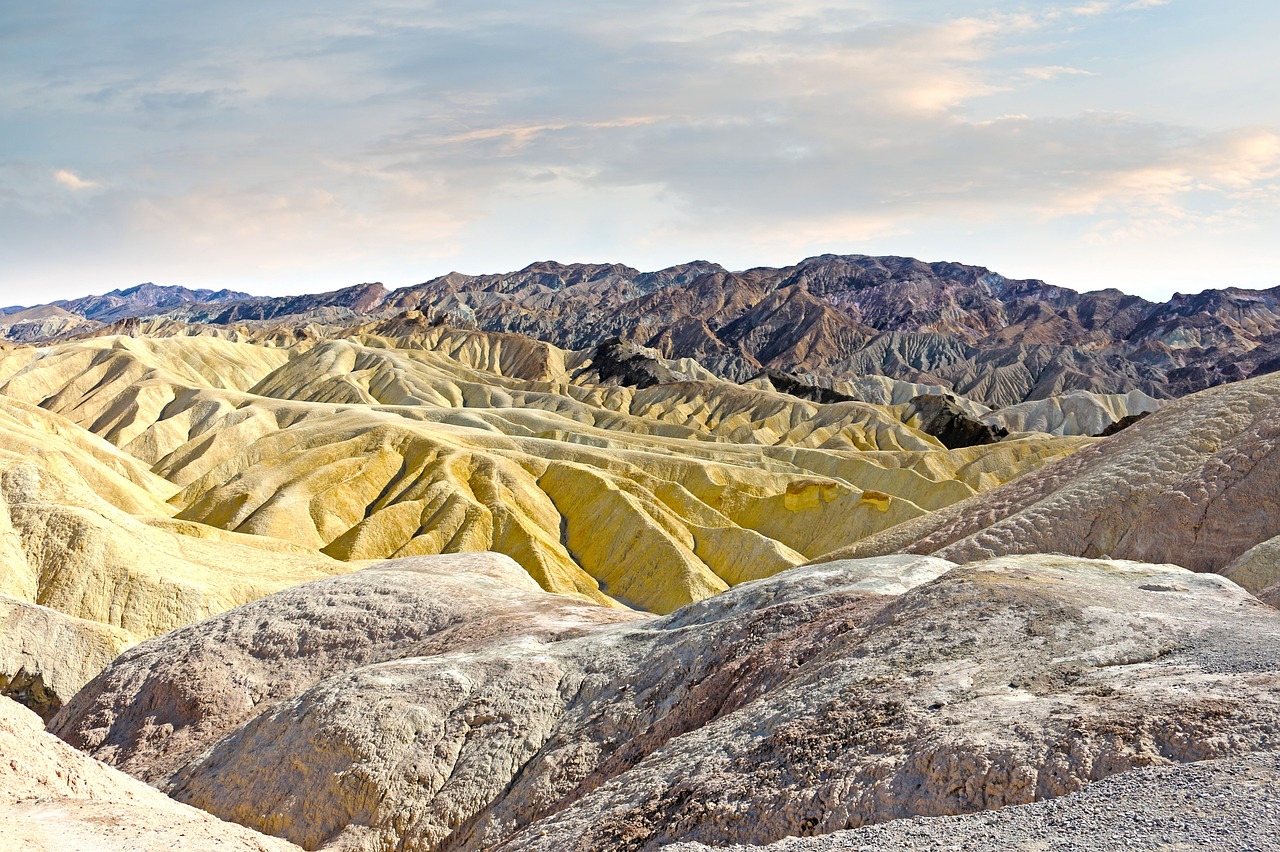
Scotty's Castle
Scotty's Castle, also known as Death Valley Ranch, is a captivating historic landmark nestled in the heart of Death Valley National Park. This architectural gem offers visitors a glimpse into the opulent lifestyle of the early 20th century, showcasing the grandeur and elegance of a bygone era. The castle's construction began in the late 1920s, funded by wealthy insurance executive Albert Johnson, who was captivated by the charm and charisma of Walter "Death Valley Scotty" Scott, a colorful character who claimed ownership of the property.
The castle's design reflects a blend of Spanish and Mediterranean influences, featuring intricate tile work, hand-carved wood accents, and beautiful stained glass windows that add a touch of luxury to the desert landscape. Visitors can explore the various rooms and courtyards of Scotty's Castle, each with its own unique character and historical significance. The architecture and interior design of the castle provide a fascinating insight into the tastes and preferences of the affluent elite of the time.
Guided tours of Scotty's Castle offer a deeper understanding of its history and the stories of the people who inhabited it. Visitors can learn about the friendship between Albert Johnson and Scotty, the eccentricities of Scotty's personality, and the legends and myths that surround this enigmatic figure. The castle's furnishings and decor transport visitors back in time, evoking a sense of nostalgia and wonder at the lavish lifestyle enjoyed by its former residents.
Surrounded by the stark beauty of Death Valley, Scotty's Castle stands as a testament to the enduring allure of the desert landscape and the human ingenuity that shaped it. The tranquil gardens, shaded verandas, and panoramic views from the castle grounds provide a peaceful retreat for visitors seeking to connect with nature and history. Whether marveling at the architectural details or pondering the tales of the past, a visit to Scotty's Castle is a journey through time that leaves a lasting impression on all who experience its charm.
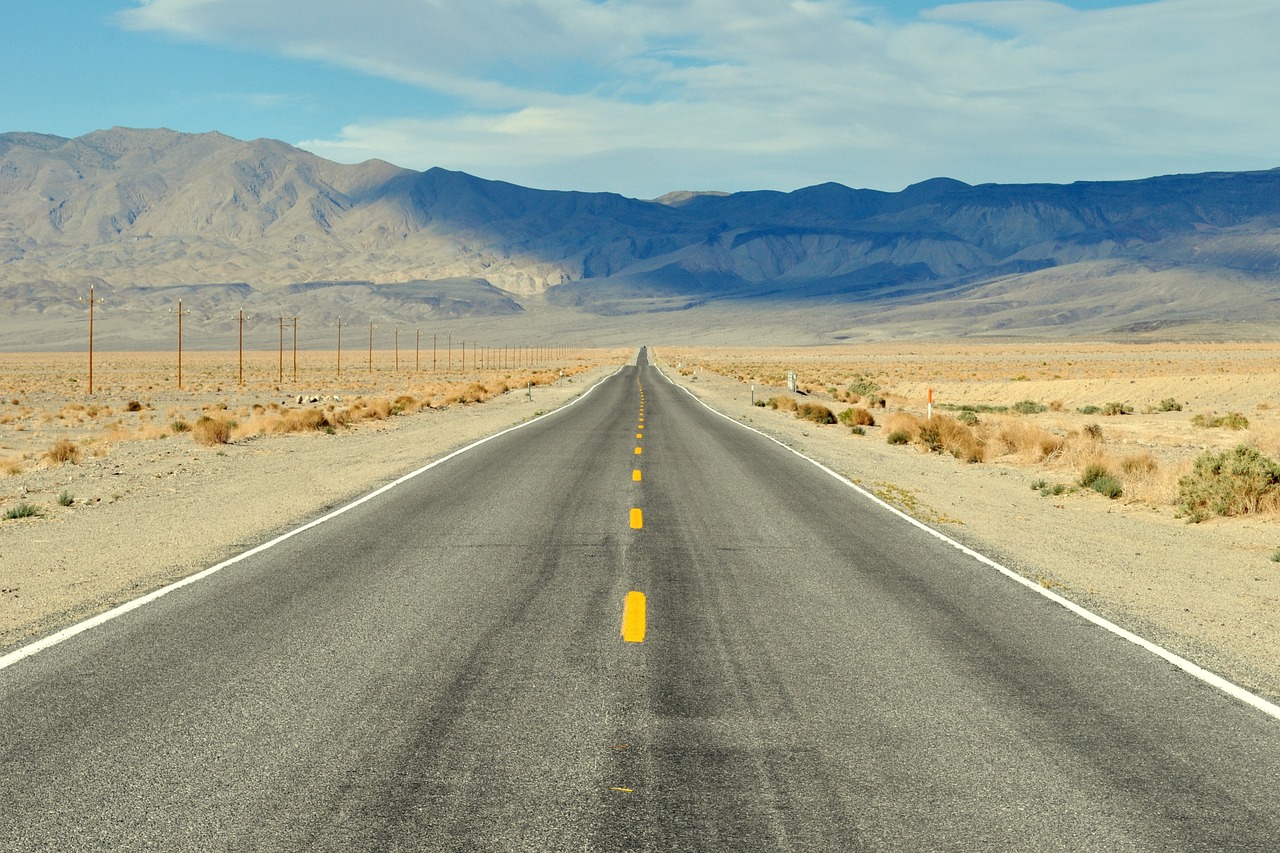
The Harmony Borax Works
Explore the remnants of the Harmony Borax Works, a significant player in the mining history of Death Valley. The site holds a crucial role in the development of the region, extracting borax, often referred to as "white gold." The operations at the Harmony Borax Works shed light on the arduous labor and ingenuity of early miners, showcasing the importance of this mineral in the economic growth of the area.
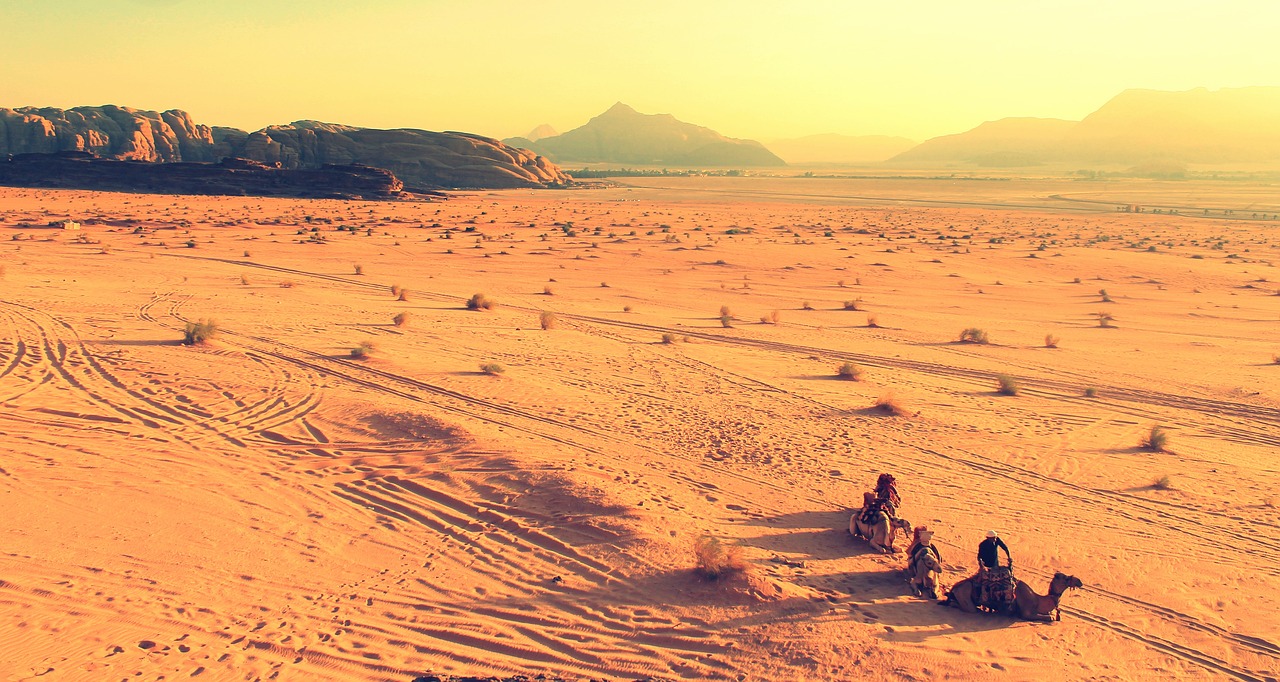
white gold,
The Harmony Borax Works played a crucial role in the mining history of Death Valley, extracting a mineral known as borax, often referred to as "white gold" due to its value and significance in the region's development. Borax, a naturally occurring mineral composed of sodium, boron, oxygen, and water, was mined extensively in Death Valley during the late 19th and early 20th centuries. The extraction and processing of borax at the Harmony Borax Works not only contributed to the economic growth of the area but also played a vital role in shaping the industrial landscape of Death Valley.
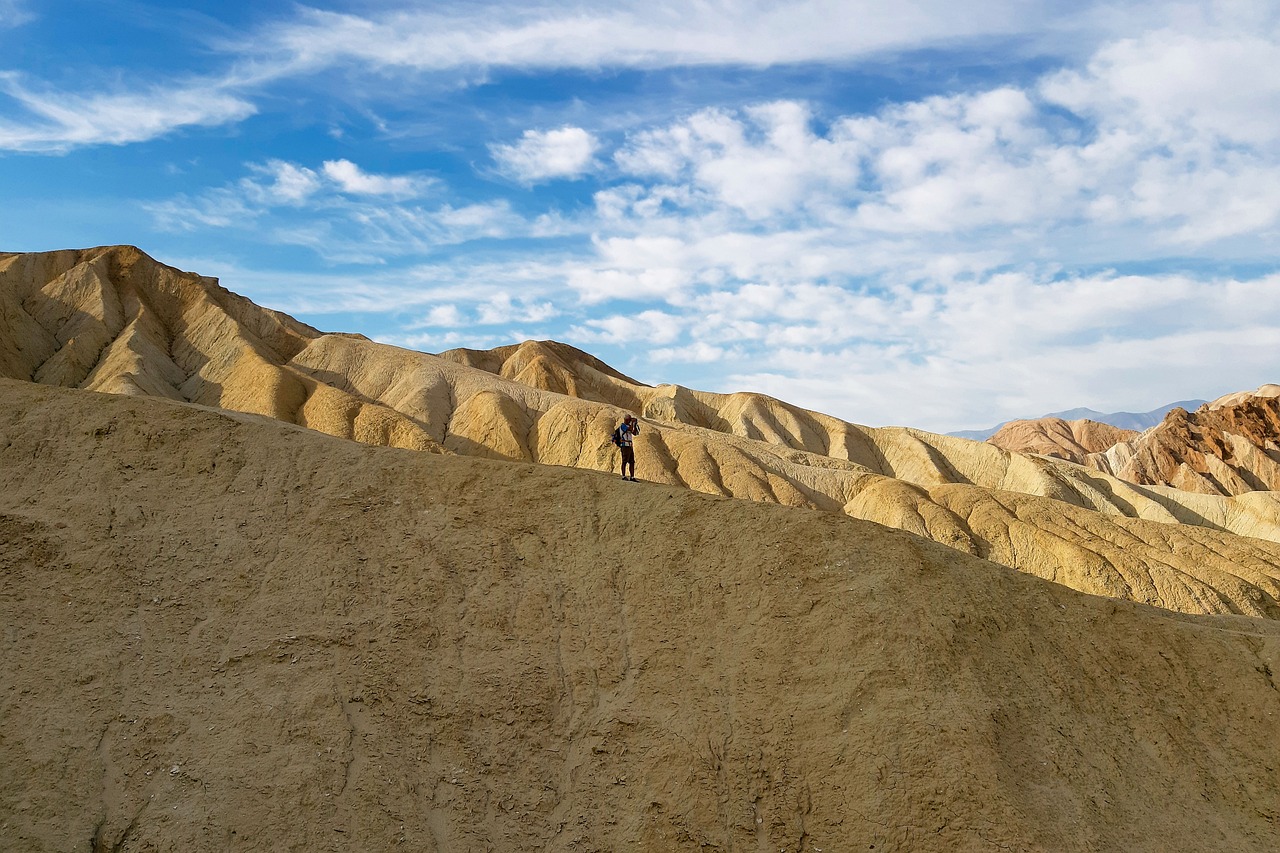
and its significance in the development of the region.
The Harmony Borax Works holds a significant place in the history and development of Death Valley. Established in the late 1880s, this operation played a crucial role in the mining industry of the region. The extraction of borax, often referred to as "white gold," was a major economic driver that attracted settlers and fueled growth in the area.
Not only did the Harmony Borax Works contribute to the local economy, but it also played a vital role in the transportation industry. The famous twenty-mule teams were used to transport the borax from Death Valley to the nearest railroad, showcasing the ingenuity and determination of the early pioneers in overcoming the harsh desert conditions.
The significance of the Harmony Borax Works extends beyond its economic impact. It symbolizes the resilience and spirit of exploration that characterized the development of the American West. The remnants of this historic site stand as a testament to the perseverance of those who sought to harness the natural resources of Death Valley for the betterment of society.
Today, visitors can explore the remains of the Harmony Borax Works and gain insight into the challenges faced by the miners and laborers who toiled in this unforgiving landscape. By understanding the history of this site, we can appreciate the sacrifices and achievements of those who laid the foundation for the development of the region.
Frequently Asked Questions
- What is the best time of year to visit Death Valley?
The best time to visit Death Valley is during the fall and spring months when temperatures are milder, typically between October to April. Summer months can be extremely hot, with temperatures exceeding 120°F, making it challenging for visitors to explore the park comfortably.
- Are there any accommodations available within Death Valley National Park?
Yes, there are several lodging options within the park, including hotels, campgrounds, and RV parks. Visitors can choose to stay at The Oasis at Death Valley, Stovepipe Wells Village, or Furnace Creek Campground, among other options.
- What activities can visitors enjoy in Death Valley?
Visitors to Death Valley can engage in a variety of activities such as hiking, photography, stargazing, bird watching, and exploring the unique geological formations. The park offers scenic drives, ranger-led programs, and opportunities for wilderness camping.
- Is it safe to visit Death Valley during the summer months?
Visiting Death Valley during the summer months can be dangerous due to the extreme heat. It is essential to stay hydrated, avoid outdoor activities during peak sun hours, and be aware of heat-related illnesses. It is recommended to visit during the cooler months for a more enjoyable experience.

